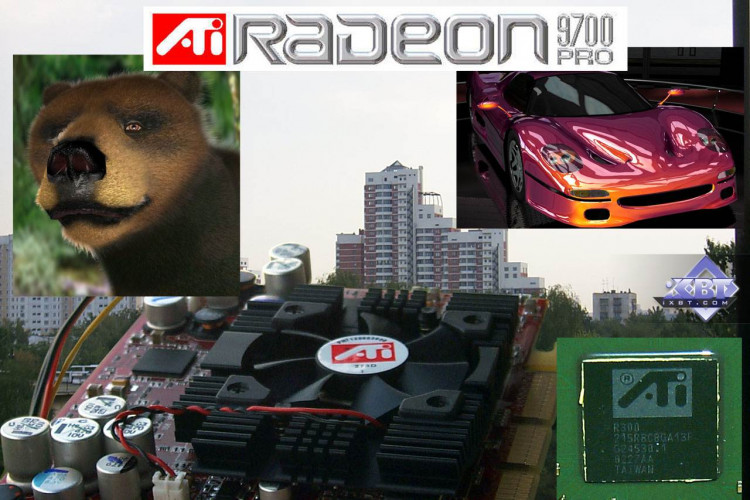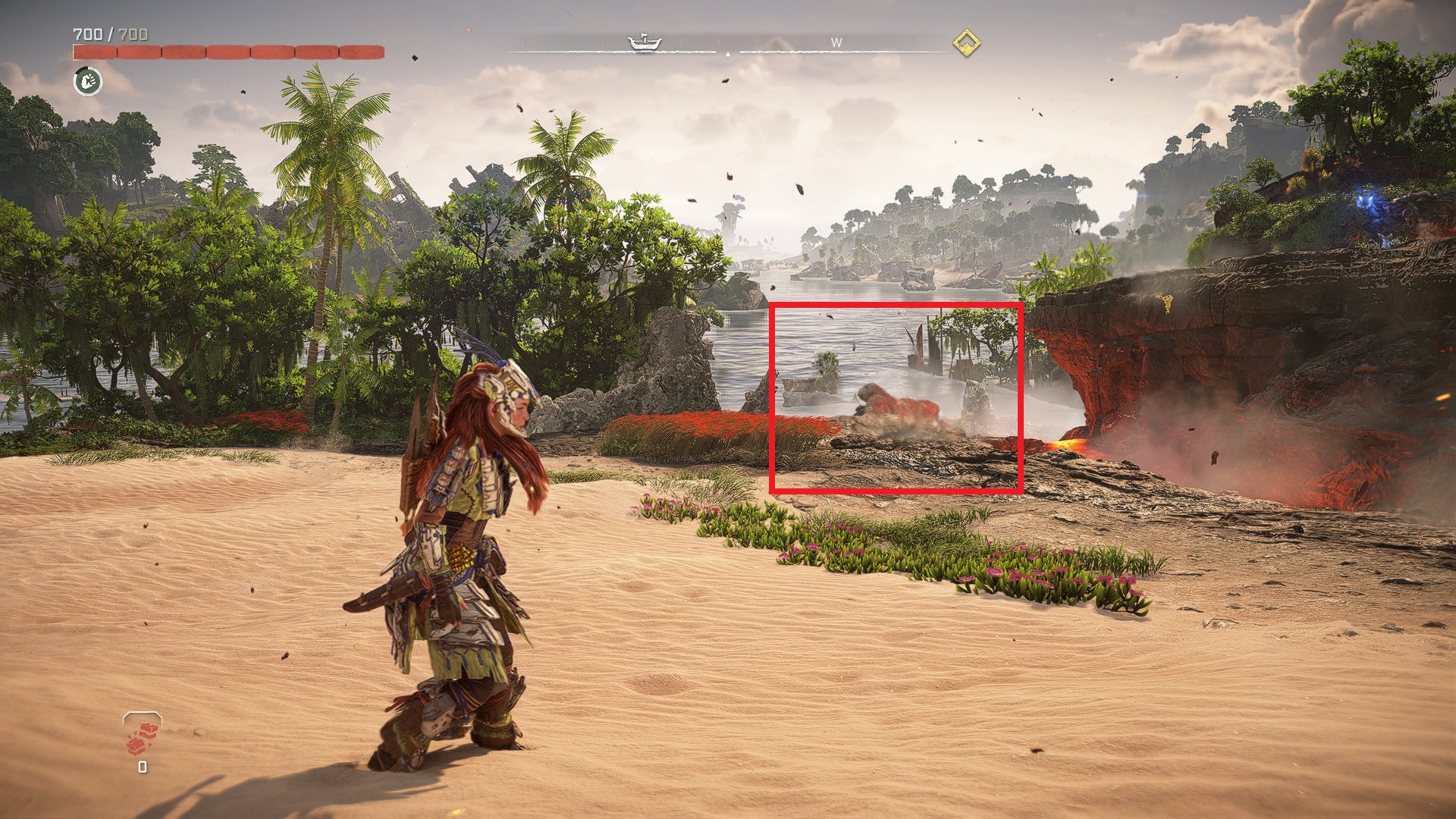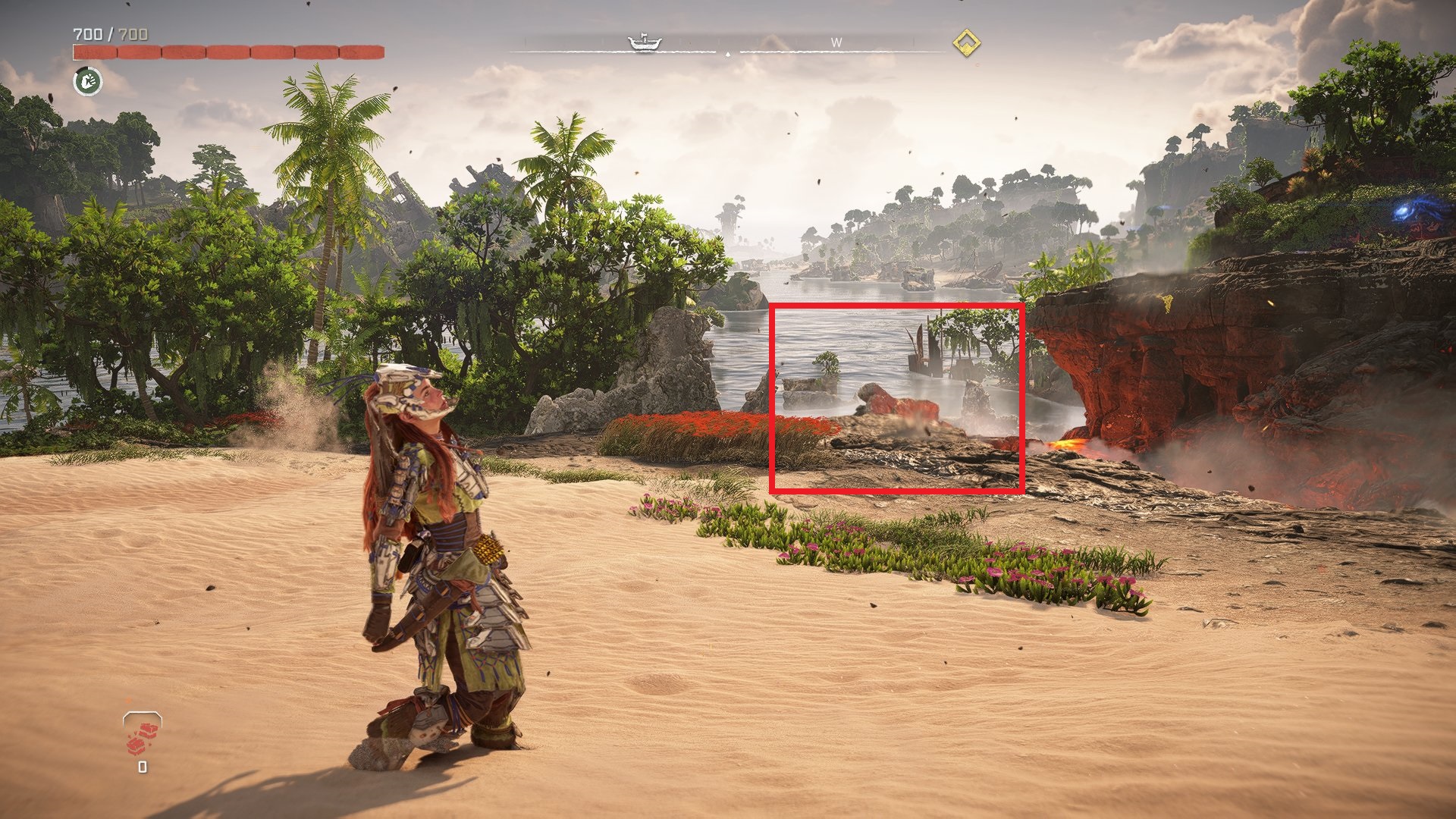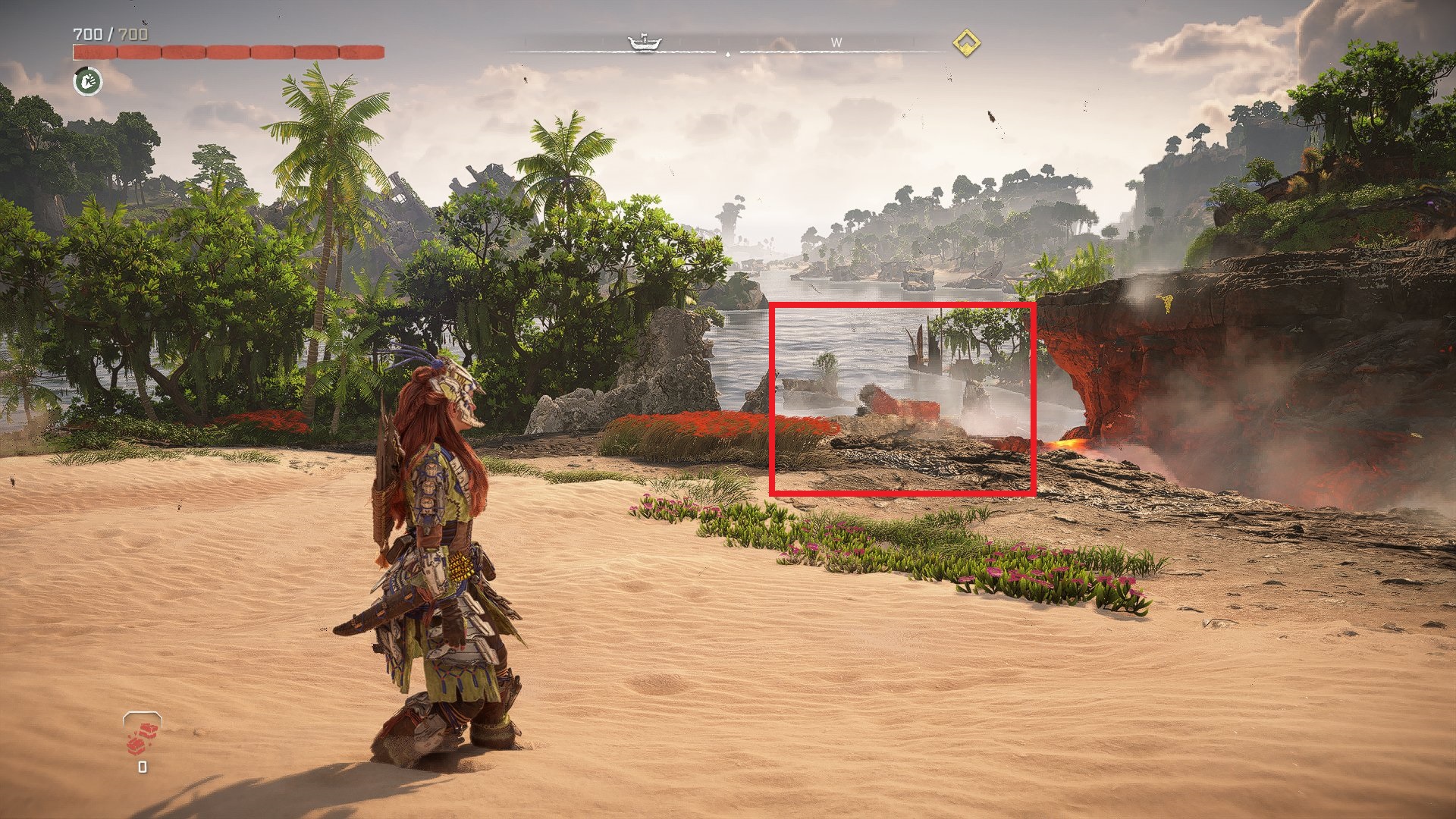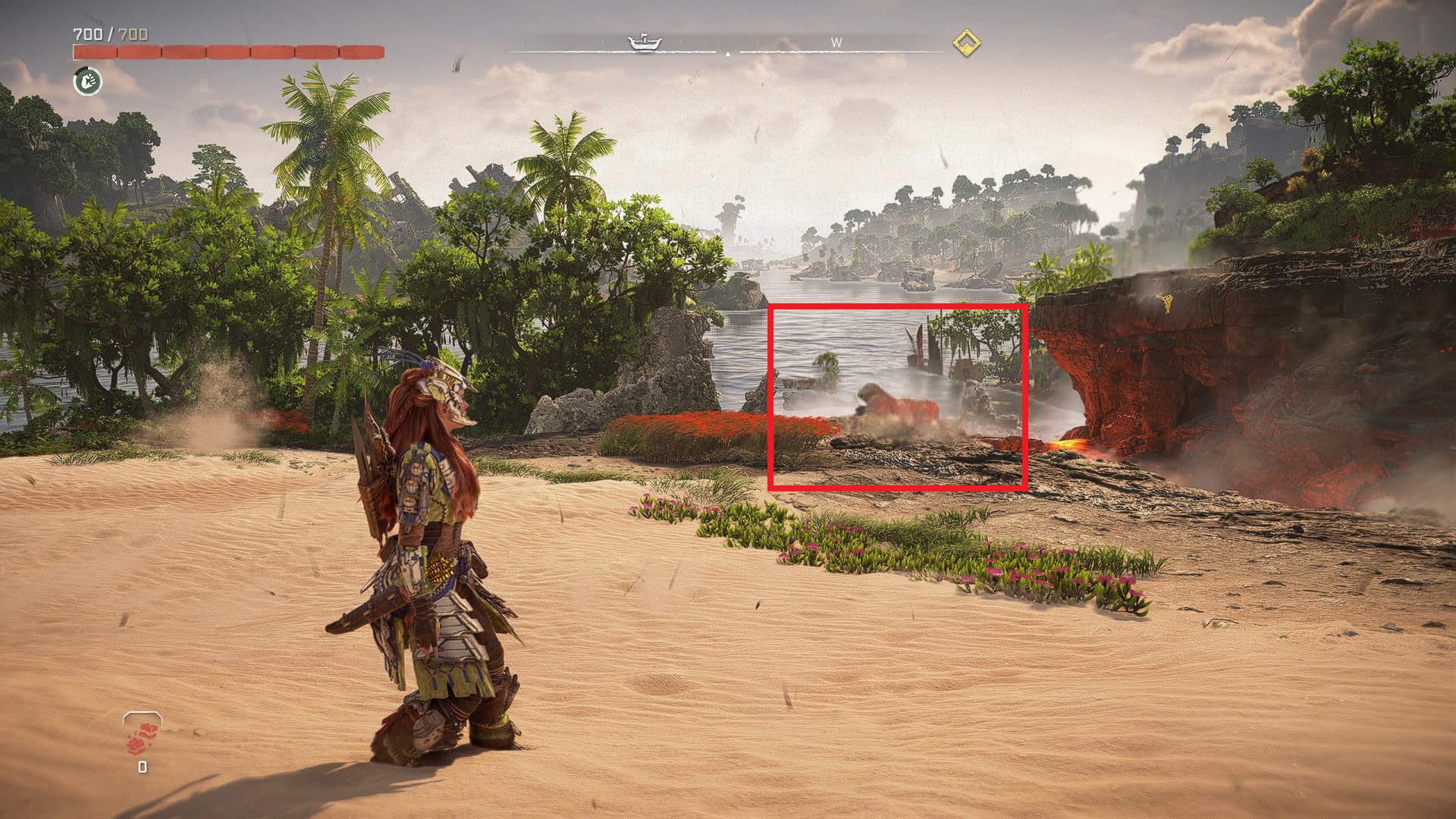The evolution of performance and quality priorities in video cards from the 2000s to upscaling
In the early 2000s, the graphics card industry faced several scandals related to driver optimization to improve performance at the expense of graphics quality, causing widespread discontent among consumers and critics. One of the most famous examples is the scandal with NVIDIA video cards, when in 2003 the company was accused of specially optimizing the drivers for the GeForce FX 5800 video card to improve results in specific synthetic tests such as 3DMark. This resulted in improved benchmark performance, but the actual graphics quality of games suffered, causing frustration among users.
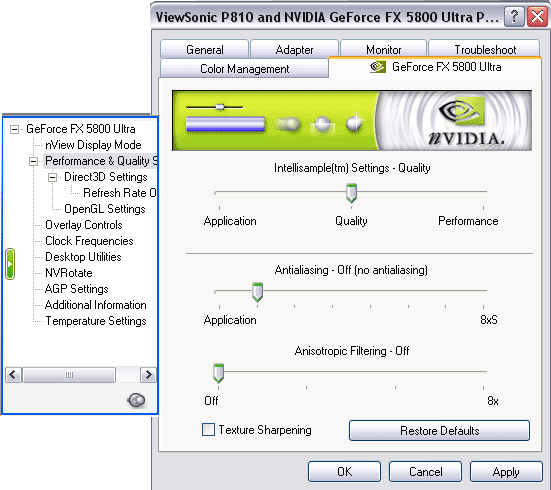
The consequences of this scandal were significant for NVIDIA. Consumers began to doubt their trust in the manufacturer, which temporarily reduced sales and worsened the company's reputation. It has also contributed to tighter oversight of testing methods and transparency standards across the industry. NVIDIA had to rethink its driver development practices and promise greater openness in its engineering and marketing practices.
Another example concerns ATI, which also faced similar criticism during the same period. In particular, the ATI Radeon 9700 Pro video card showed outstanding results in benchmarks thanks to driver optimizations, which raised suspicions of unfair competition. However, unlike NVIDIA, ATI was able to regain consumer trust more quickly through more open communication about its optimization methods and focus on improving the overall quality of the user experience.
Upscaling technologies such as NVIDIA's DLSS (Deep Learning Super Sampling) and AMD's FSR (FidelityFX Super Resolution) are being actively implemented in modern video games and applications to improve performance on less powerful hardware. However, these technologies have significant disadvantages that must be judged in terms of the quality of the original image.
Upscaling often results in degraded image quality, especially in FSR, by introducing various types of artifacts such as blur, loss of detail, and visual distortion. These effects are especially noticeable when comparing upscaling to native high resolution, where the latter provides significantly cleaner and more detailed images. Using upscaling instead of improving the hardware or optimizing the game code can be perceived as an attempt to mask the lack of hardware performance.
Additionally, upscaling can mislead users regarding the true performance of a graphics card. Manufacturers may use upscaling as a way to artificially increase FPS in games, which does not reflect the real capabilities of the hardware. This undermines consumer confidence because the actual performance improvement does not match the claims.
In light of these factors, upscaling should be viewed as a temporary solution and not as a replacement for necessary technical improvements or the development of more efficient software. Consumers should demand more transparency from manufacturers regarding the use of upscaling and its impact on image quality and overall system performance. At the release of games, due to insufficient optimization, the following problems may arise:
Native resolution provides the most accurate and clear images because every pixel on the screen is rendered according to data that was directly calculated by the GPU. This is especially important in professional applications such as graphic design, video production and game development, where color accuracy and detail are critical.
It is important to clearly differentiate between the performance achieved by upscaling and the results achieved by native resolution. Upscaling, despite its ability to improve performance on hardware, introduces compromises in image quality that should not be mixed with native resolution performance. Transparency in displaying these differences is critical for consumers to make informed choices between real-world performance and graphics quality.
In conclusion, while upscaling technologies can be useful and important for improving performance in certain scenarios, they should not be used as a replacement for native resolution, which provides the best image quality. Manufacturers should strive to strike a balance between performance and quality as they strive to improve the native resolution performance of their graphics cards!




